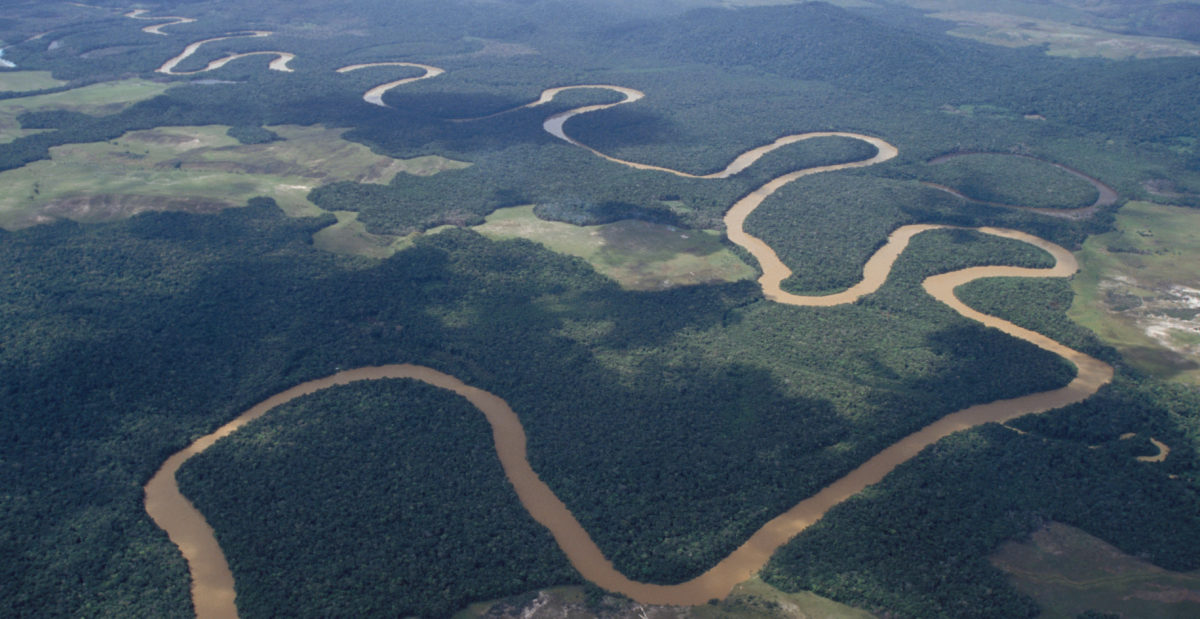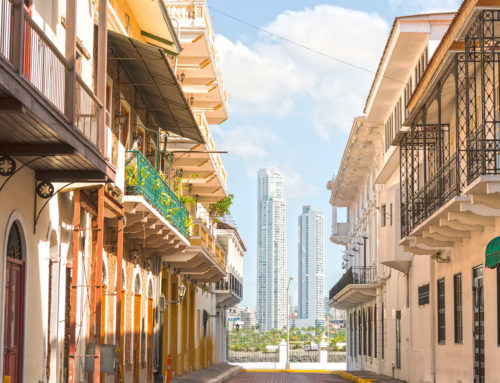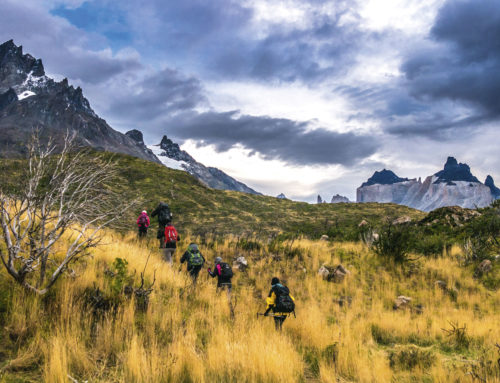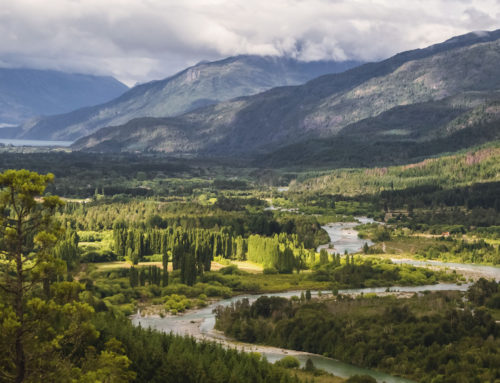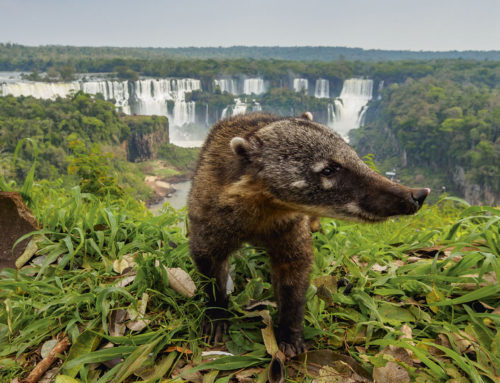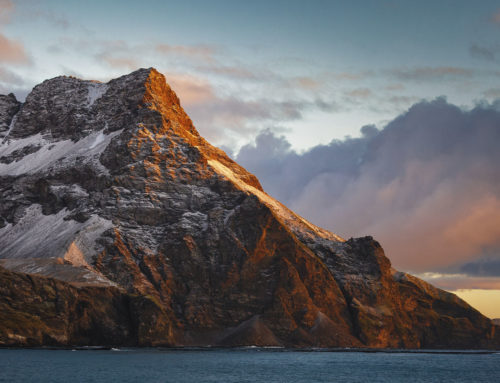Cruise in style
Watch the stunning scenery of the Amazon unfurl from a suite on a well-equipped luxury vessel, cruising the Peruvian Amazon out of Iquitos. Aqua Expeditions offer a programme of itineraries led by explorer, filmmaker and conservationist Jean-Michel Cousteau. Guests can expect a high standard on board: spread over the first and second decks, the Aria’s 16 Design Suites cover over 23 square metres and feature floor-to-ceiling windows to maximise viewing opportunities. Other key features include the top-level observation deck and a whirlpool bath, spa and onboard naturalists.
Another high-end operator plying the Peruvian Amazon is Delfin, whose vessels, Delfin I, Delfin II and Delfin III, focus on the Pacaya Samiria, the second-largest national reserve in Peru. From Peruvian cooking classes to spas and plunge pools, the experiences on offer aboard its vessels tick many boxes. Delfin advises that the Amazon has two main seasons, both of which convey certain advantages. During the ‘flooded’ season, from November to May, when temperatures average 30C, the river can be around 23ft higher. This means that not only are the smaller rivers and creeks also navigable but passengers are closer to the jungle canopy, where much of the wildlife is to be seen.
In the dry season, the area is still prone to rainy days but temperature averages 37C. While the vessel is unable to navigate some areas during this period and passengers will be further from wildlife in the forest canopy, trails and jungle paths that are flooded from November to May are now easily accessible, allowing for deeper jungle exploration. Mosquitoes are fewer too. Plus, with less water, guests are more likely to catch fish such as piranha and be able to glimpse dozens of species of migratory bird.
Other options include Brazil’s Amazon Clipper Cruises, whose 16-cabin MV Premium sails itineraries such as the three-day Amazon River Cruises and four-day Negro River Cruise, or combinations of the two.
aquaexpeditions.com delfinamazoncruises.com amazonclipper.com.br
Amazon delivery
Peru’s Manu National Park is an ideal destination for affordable trips. A lodge stay in Manu offers up, everything from nature hikes and trips to parrot clay licks to river boat rides and cosy lodge accommodation. More remarkable still, despite its myriad charms and amazing value, the park is often very quiet.
Another area offering excellent value is northern Bolivia, easily accessible from Rurrenabaque, a one-hour flight from the capital, La Paz. Rurrenabaque is awash with affordable accommodation but the town’s bread and butter is three- or four-day tours into the pampas wetlands around the Yacuma River. Sightings range from toucans to caiman and pink dolphins, with activities including dugout canoe safaris, anaconda tracking and piranha fishing.
Meanwhile, locally run lodges such as the community-owned Chalalan Ecolodge (chalalan.com) — a five- to six-hour motorboat ride from Rurrenabaque, set next to a jungle lake — make a great base for exploring Madidi National Park. LATA members specialising in tailoring such trips include Fremen Tours (andes-amazonia.com).
Bibiana Garside, director of marketing at Bolivia specialist Geodyssey, points out that the Madidi forms part of the largest protected area in the world — together with Bolivia’s Apolobamba mountain range, its Manuripi-Heath Amazonian Wildlife National Reserve and the Manu Reserve in Peru. And while Garside notes Bolivia’s tourism infrastructure isn’t as developed as that of neighbouring Peru, the payoff is the great value. “If visiting Bolivia, an extension to the Madidi National Park in the Bolivian Amazon will offer a more rewarding experience in terms of nature, albeit staying at humbler lodges compared with those in Peru, Brazil or Ecuador,” she says.
Conditions for viewing wildlife in the Bolivian Amazon are best during the dry season (May-October), with Garside cautioning that the rainy season months (December-February) “must be avoided.”

